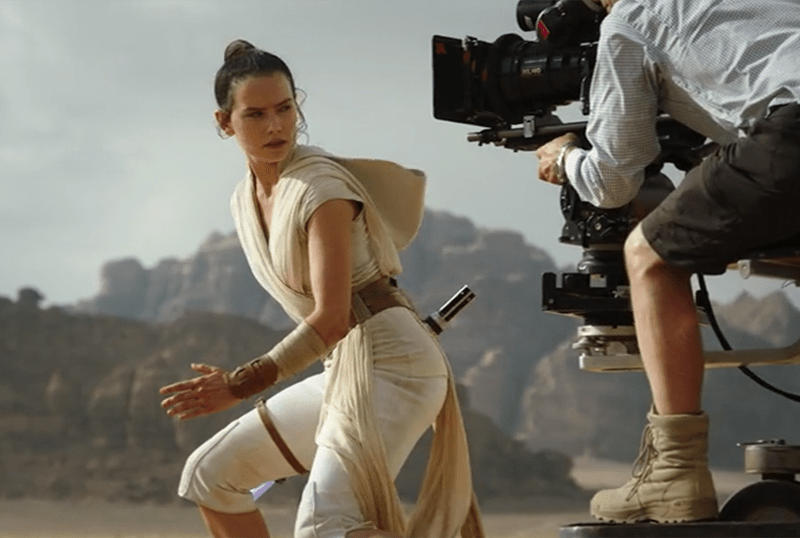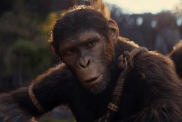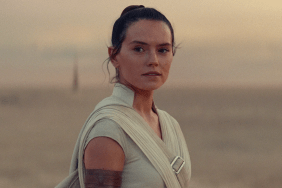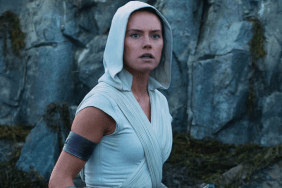With the early arrival of the digital edition of Star Wars: The Rise of Skywalker and the upcoming release of the Blu-ray and 4K UHD copies, ComingSoon.net got the opportunity to watch the making-of documentary The Skywalker Legacy and we’ve learned a surprising number of details from the conclusion to the four decades-long Skywalker Saga. Check out 10 of the things we learned below! Purchase your digital copy of The Rise of Skywalker here!
RELATED: Star Wars: The Rise of Skywalker Digital Edition Drops Early!
A Culmination of Conflicting Ideas
Concluding a trilogy’s worth of story is never an easy feat, let alone one spanning eight previous films and 42 years. Despite acclaim from critics, the divide from audiences on the previous installment The Last Jedi meant that screenwriter Chris Terrio and co-writer/director J.J. Abrams had to decide which side to stand on. Matters were only made worse when original franchise star Carrie Fisher passed away shortly before the release of the eighth installment, which forced the duo to have to find a way to work around her character given that she was still alive at the end of the predecessor.
They came across a solution in the form of unused footage from both The Force Awakens and The Last Jedi and rather than trying to work it in to the story, the documentary reveals they looked back at the script and dialogue and takes from these shots and wrote the story around it. In doing this, they were able to try and find a way to close Leia’s story after the previous two films closed Han and Luke’s stories, respectively, and saw the exploration of Leia’s own training in the ways of the Force and Jedi. During this flashback scene, which features CGI recreations of both Mark Hamill and Fisher, the documentary reveals both that the primary footage used for each came from Return of the Jedi, and that she was physically played by none other than her daughter Billie Lourd.
Another major hurdle Abrams found was trying to merge many of his and Terrio’s visual ideas with a finale story, the former wanting to revisit his idea of returning to a destroyed version of the Death Star to give it a cyclical element, while both struggled to find the right look for the object to help propel the protagonists to the relic that would eventually become the Sith dagger. The documentary sees Abrams, Terrio and property and weapons master Jamie Wilkinson explore various iterations of a clue, with the director clearly struggling to find the right idea.
A Galaxy of Cameos
The sequel trilogy has been no stranger to an array of cameos, including current James Bond star Daniel Craig (No Time to Die), Simon Pegg (Mission: Impossible — Fallout) and Joseph Gordon-Levitt (The Trial of the Chicago 7), but The Rise of Skywalker saw a number of very unique brief appearances. The first comes during the scene in which we see a board room of First Order officers, one of whom continues the generational legacy of the series: Sally Guinness, the granddaughter of original Obi-Wan Kenobi actor Alec Guinness.
In addition to Guinness, the film also sees the acting debut of franchise composer John Williams as a Oma Tres, a bartender on the planet Kijimi where the heroes go to meet Babu Frik. The documentary reveals that Abrams lent his detailed eye to the brief appearance by having the production team fill the area around him with pieces to honor his 51 Oscar nominations, including Hook, Jaws, E.T., Indiana Jones and Saving Private Ryan, as well as a manual on his character’s desk with his initials in the in-universe alphabet Aurebesh.
“I Do All My Own Stunts”
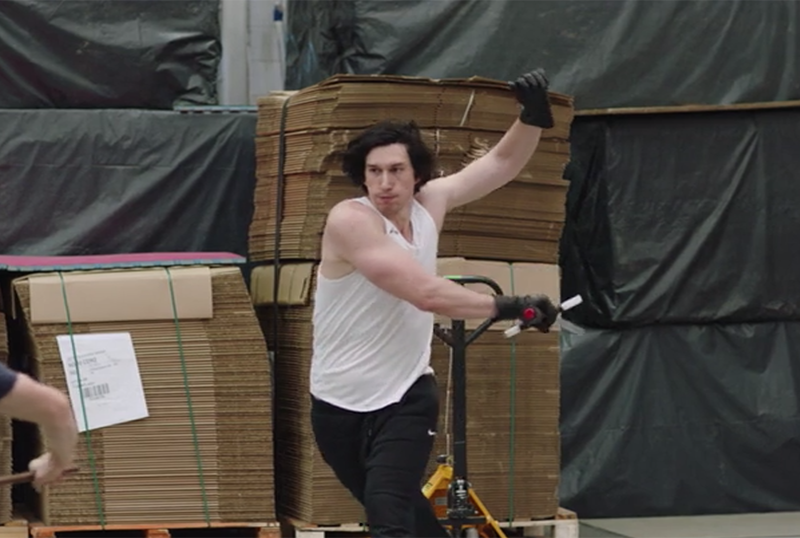
Many actors nowadays have elected to try and take on their own stunts. Tom Cruise (Mission: Impossible) has built a whole career around doing it. Despite stunt coordinator Eunice Huthart’s initial reluctance to the prospect, Adam Driver (Marriage Story) pushed to ensure he would do all of his own stunts on the film. Huthart ended up giving the 36-year-old actor a semi-audition of sorts in which he could prove to her that he could bring the same physicality and intensity to the action that a stunt man could. The two ended up being a match made in heaven, working together to ensure that every action and move by the actor was one the character would take and not just one that would look cool for the cameras.
Open Plot Thread
While much of the film did close out the nine-part story, there was one element that created many more questions that could be answered in future films: the Sith planet of Exegol. Home to an unknown race of beings that have practiced the ways of the Sith for clearly longer than the timeline of the franchise, the stormy planet acted as the base to resurrected Emperor Palpatine, who returned thanks to dark magic and science, and saw a whole gallery of hooded figures in the final scene between the iconic villain and Rey and Kylo Ren.
Little time was spent on the planet in the film, appearing in the beginning when Ren initially arrives to kill the Emperor and at the end when Rey arrives to do the same and is aided by her former enemy to put a stop to the Sith. Many audiences have wondered the nature and origin of the planet and the documentary saw one artist reveal that in talking with Abrams and reading the script, it’s been discussed that the planet could very well be the origin of the dark side of the Force itself. With various installments currently in development at various points in the universe’s timeline, it would be fascinating to see this plot thread explored.
Purchase your copy of the Best Buy exclusive Star Wars: The Skylwaker Saga box set here!
Japanese Influences
Going all the way back to the original trilogy, there have been some Japanese influences for the Star Wars films, namely in the sword fighting that blended English knights with the samurai ways of the past, but The Rise of Skywalker saw two key influences from the nation. The first came in the form of Kylo Ren’s revived helmet, which he himself destroyed in The Last Jedi, but to bring it back and give him a new edge in the finale, Abrams and crew looked to the art of kintsugi. The Japanese technique is used to repair broken pottery and mends the area of breakage with powdered gold, silver or platinum and it’s used in the film to fix Ren’s helmet, swapping out gold with an unknown red substance.
The other major influence comes in the form of the snowy planet Kijimi, in which the heroes travel to wipe C-3PO’s memory in order to translate the Sith language on a dagger to find a wayfinder to travel to the mystical Exegol. In designing the planet and buildings, Abrams and co. looked to director Akira Kurosawa’s iconic 1958 adventure film The Hidden Fortress, with the two leads of the film inspiring the original idea behind the lovable duo of C-3PO and R2-D2.
A Bad Robot Cameo
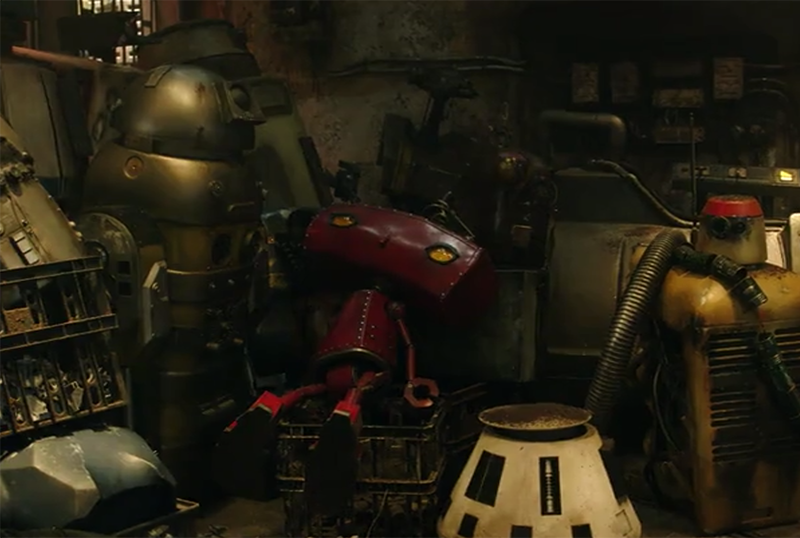
While the sub-header might lead you to believe a star from a previous Bad Robot project appears in cameo form in The Rise of Skywalker, it actually literally translates to the appearance of the logo figure of the Abrams label. The production company spent two months setting up Babu Frik’s mechanical workshop, from the little switches and dials on shelves to the full-on roaming machines, and they took advantage of the opportunity to create a life-size version of the yellow-eyed red robot that has preceded every Abrams project since its 2001 founding and hide it in the background.
Multi-Talented Performer
Despite being a final installment, Skywalker saw the introduction of numerous new characters, with one of the most viral and lovable additions being the mechanical engineer Babu Frik, who was brought to life with a combination of animatronics and electrical puppetry and voiced by Scottish actress Shirley Henderson in multiple languages. But in a rare twist, rather than add the voice in post or have experts control the figure while Henderson simply voices the character, she was actually taught how to remotely control the puppet while also voicing in order to try and best capture her performance as the funny little creature, with the designers mentioning in the documentary it’s the first time such a technique has been exercised on a major production.
The Festival of Ancestors Required 450 Extras
With a budget just shy of $300 million, the film was not hurting for ways to try and make every scene feel as authentic as possible, but when a scene requires hundreds of background characters, many filmmakers elect to use CGI to create larger crowds. For the Festival of Ancestors sequence on the desert planet of Pasaana, Abrams chose to take a different tactic. The scene saw the production hiring 450 extras to portray the various Aki-Akis, but only having the ability to fly out so many extras and being located in the middle of the Jordinian desert, they chose to instead recruit soldiers and citizens from the area and train them for the dancing performed during the scene.
Daisy Ridley Reveals Disappointments of The Last Jedi
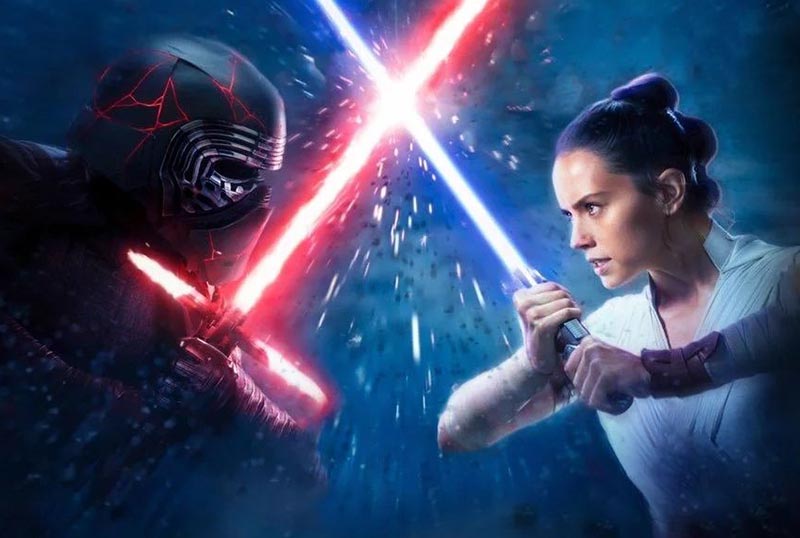
The tumultuous response to Rian Johnson’s acclaimed The Last Jedi did not stop at audiences, with some stars trying hard to find nice ways to voice their disappointment in the project in various interviews in the years since its release, and in Legacy star Daisy Ridley revealed a couple sources of disappointment for her in the film. The story saw Rey and Kylo inexplicably drawn together through the Force, only for it later to be revealed that Supreme Leader Snoke was forcing the bridge between them in order for his apprentice to try and draw Rey to the dark side, while also seeing Rey ready to accept Ren’s comments that her parents were junkers who sold her away for drinking money and never cared about her.
In the documentary, Ridley discusses how she felt she was able to get back to her character comfortably and that looking for proper answers to her past was of major importance to her coming into the project. In discussing the dynamic between her two characters in Last Jedi, she revealed that she talked with Abrams to ensure they moved away from that relationship and reignited the rage between the two that was seen in The Force Awakens.
Going Back to More Practical Efforts
The Star Wars franchise was one of the most innovative efforts in the practical effects department during the original trilogy before creator George Lucas decided to take advantage of the CGI boom in the late ’90s-early naughts and featured very little practical effects or sets for the prequel trilogy. While much of the sequel trilogy, and anthology installments, have utilized modern CGI, Abrams used the finale to get back to more practical effects and sets, from the six-week prepped Pasaana set to the large cave snake to the quicksand-esque area in the desert.
For the cave snake, the production team set up an entire, life-size mechanical puppet controlled by both puppeteers and animatronic experts and later replaced it in the film with CGI. The crew also found a unique way to create the sinking quicksand effect in the film by digging deep enough into the sand to bury shipping containers underneath with rigs to lower the actors down through pounds of black beans, which required the stars to hold their breath for a brief time as they dropped through the air pocket into the ventilated container.
RELATED: Damon Lindelof Interested in Doing an MCU or Star Wars Project
Returning cast members for The Rise of Skywalker include Daisy Ridley, Adam Driver, John Boyega, Oscar Isaac, Lupita Nyong’o, Domhnall Gleeson, Kelly Marie Tran, Joonas Suotamo and Lourd. Joining the cast are Naomi Ackie (Doctor Who), Richard E. Grant (Logan), Dominic Monaghan (Lord of the Rings), and Keri Russell (The Americans), who will also be joined by veteran Star Wars actors Mark Hamill, Anthony Daniels and Billy Dee Williams, who will reprise his role as Lando Calrissian. The role of Leia Organa is once again played by Fisher, using previously unreleased footage shot for Star Wars: The Force Awakens.
In addition to directing, Abrams co-wrote the screenplay with Terrio (Argo). Kathleen Kennedy, Michelle Rejwan, and Abrams will produce, with Callum Greene and Jason McGatlin executive producing. Composer John Williams, who has scored every chapter in the Star Wars saga since 1977’s A New Hope, will return to a galaxy far, far away with Rise of Skywalker.
Star Wars: The Rise of Skywalker is available for digital purchase now and can be picked up on 4K UHD and Blu-ray on March 31!
Star Wars: The Rise of Skywalker
-
Star Wars: The Rise of Skywalker
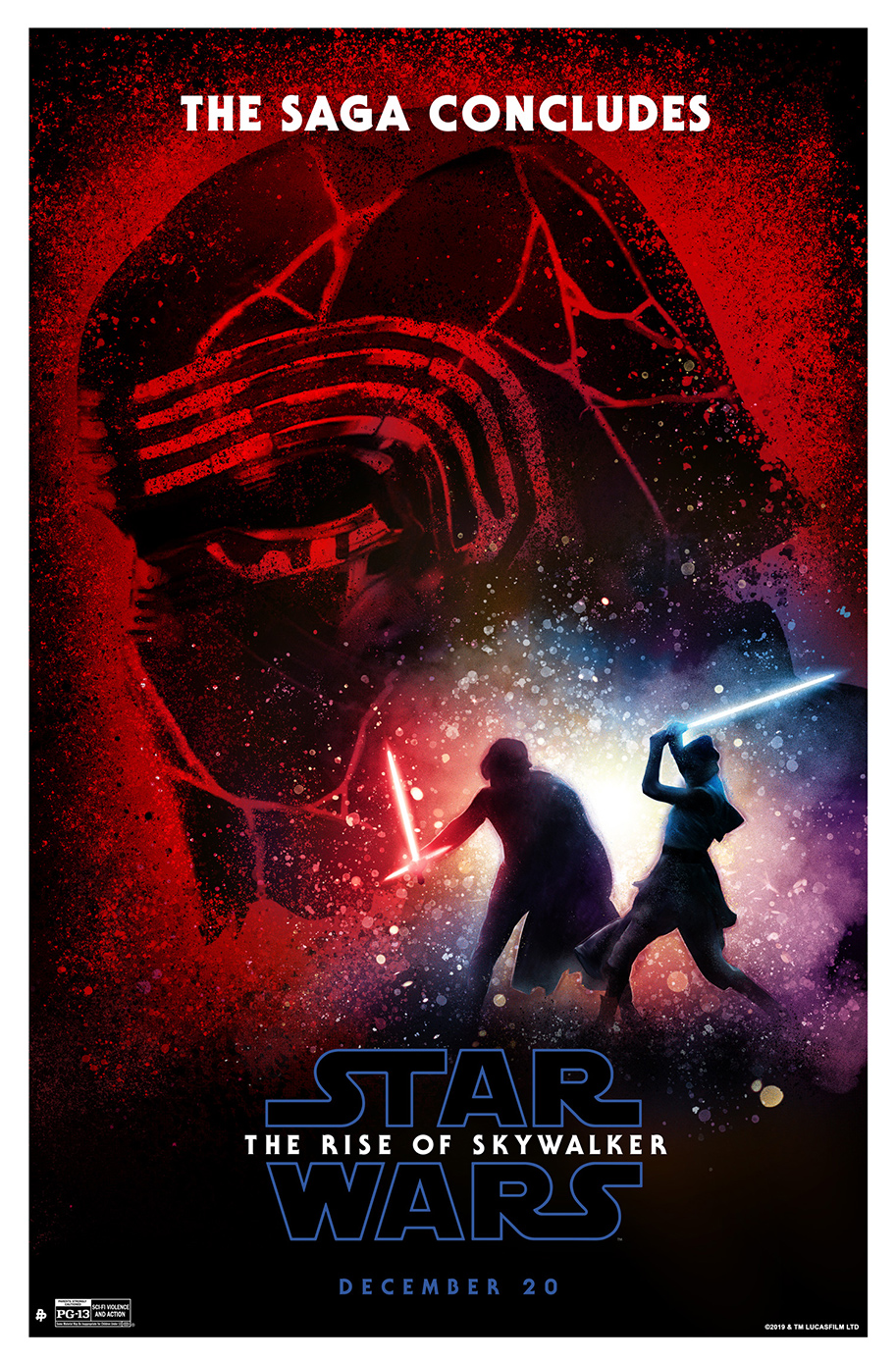
-
Star Wars: The Rise of Skywalker

-
Star Wars: The Rise of Skywalker
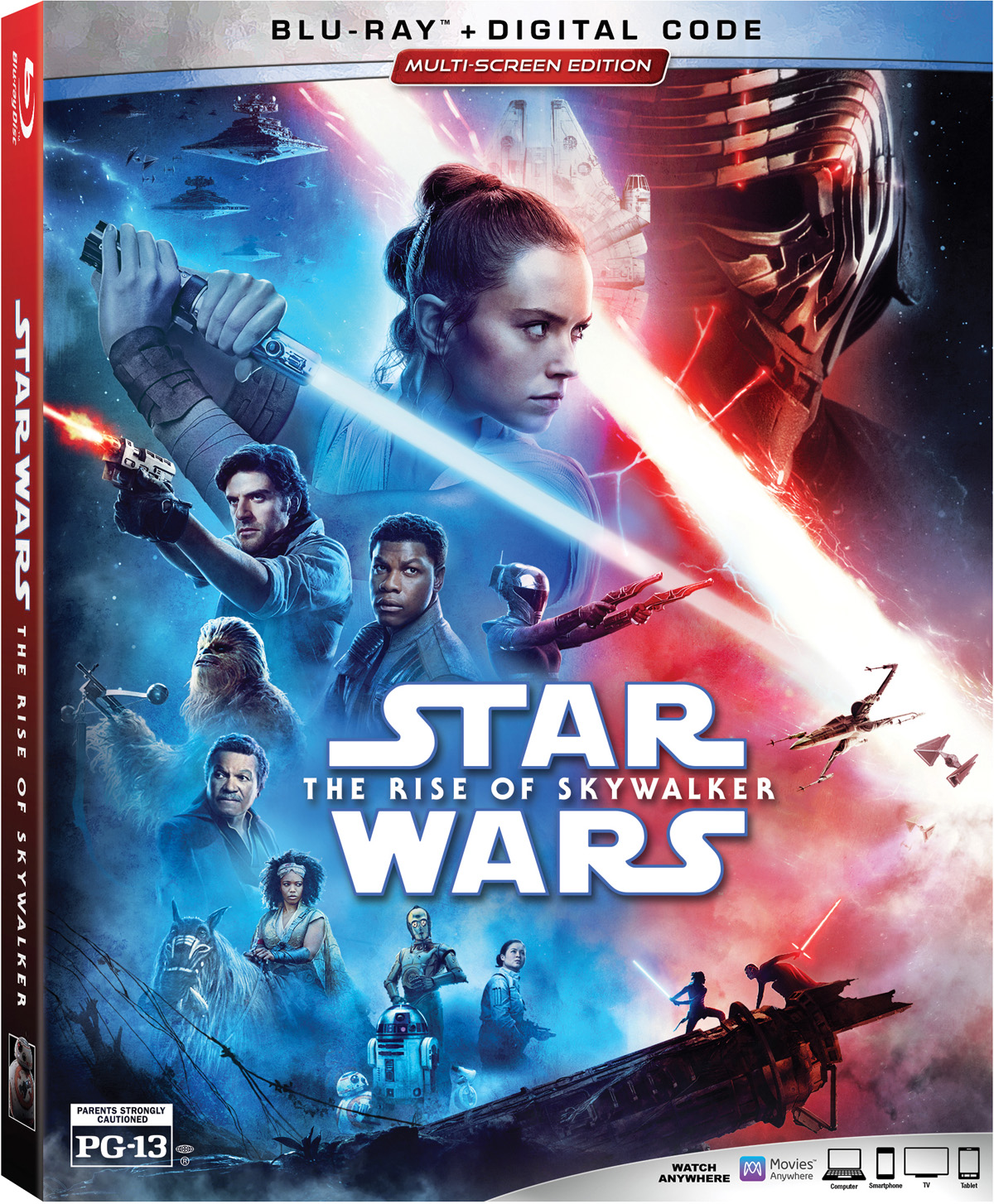
-
Star Wars: The Rise of Skywalker

Best Buy Exclusive Set
-
Star Wars: The Rise of Skywalker
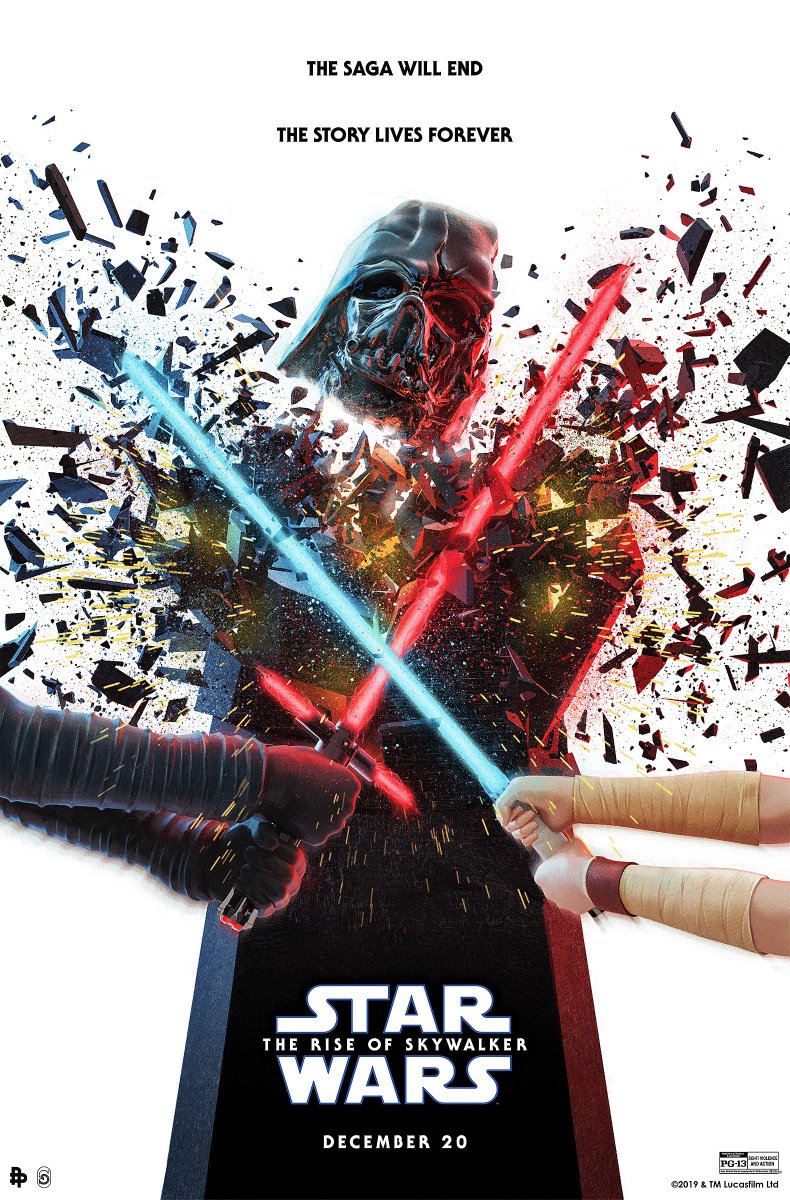
-
Star Wars: The Rise of Skywalker

-
Star Wars: The Rise of Skywalker
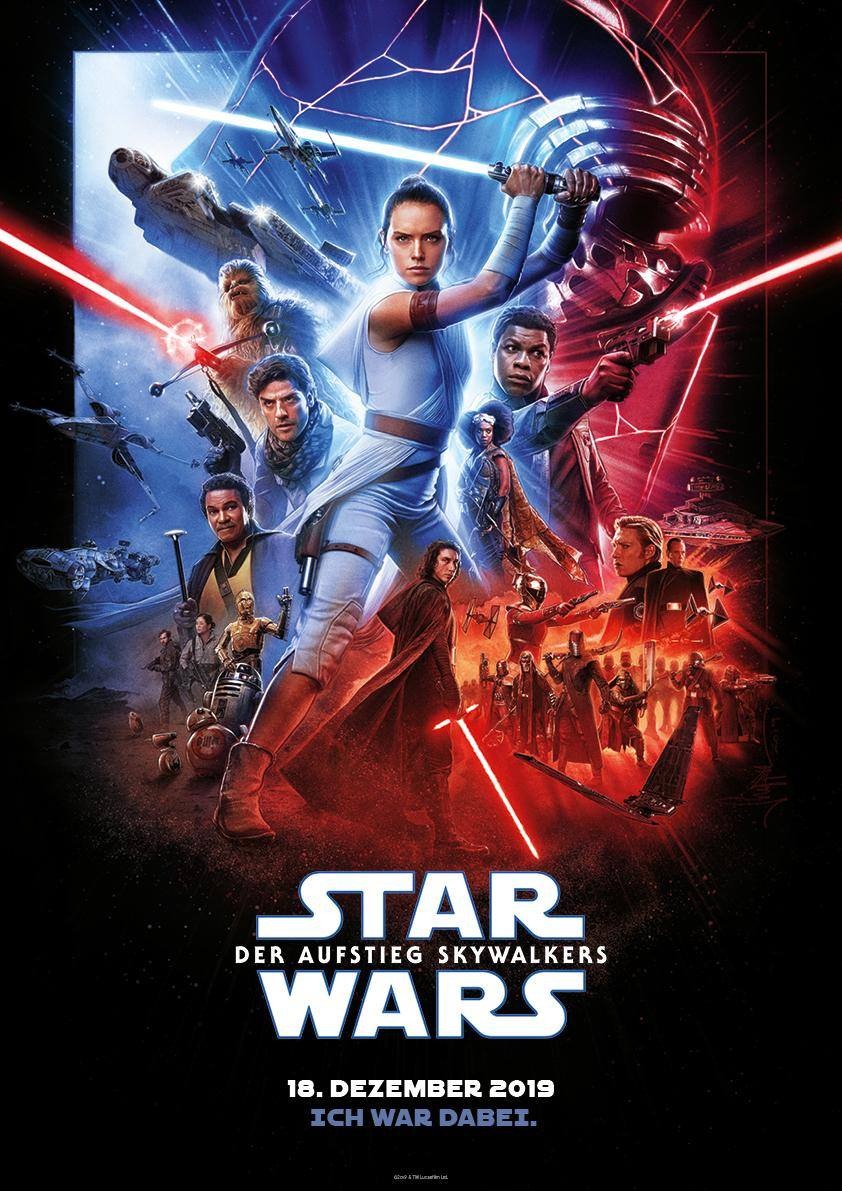
-
Star Wars: The Rise of Skywalker

-
Star Wars: The Rise of Skywalker

-
Star Wars: The Rise of Skywalker

-
Star Wars: The Rise of Skywalker

-
Star Wars: The Rise of Skywalker
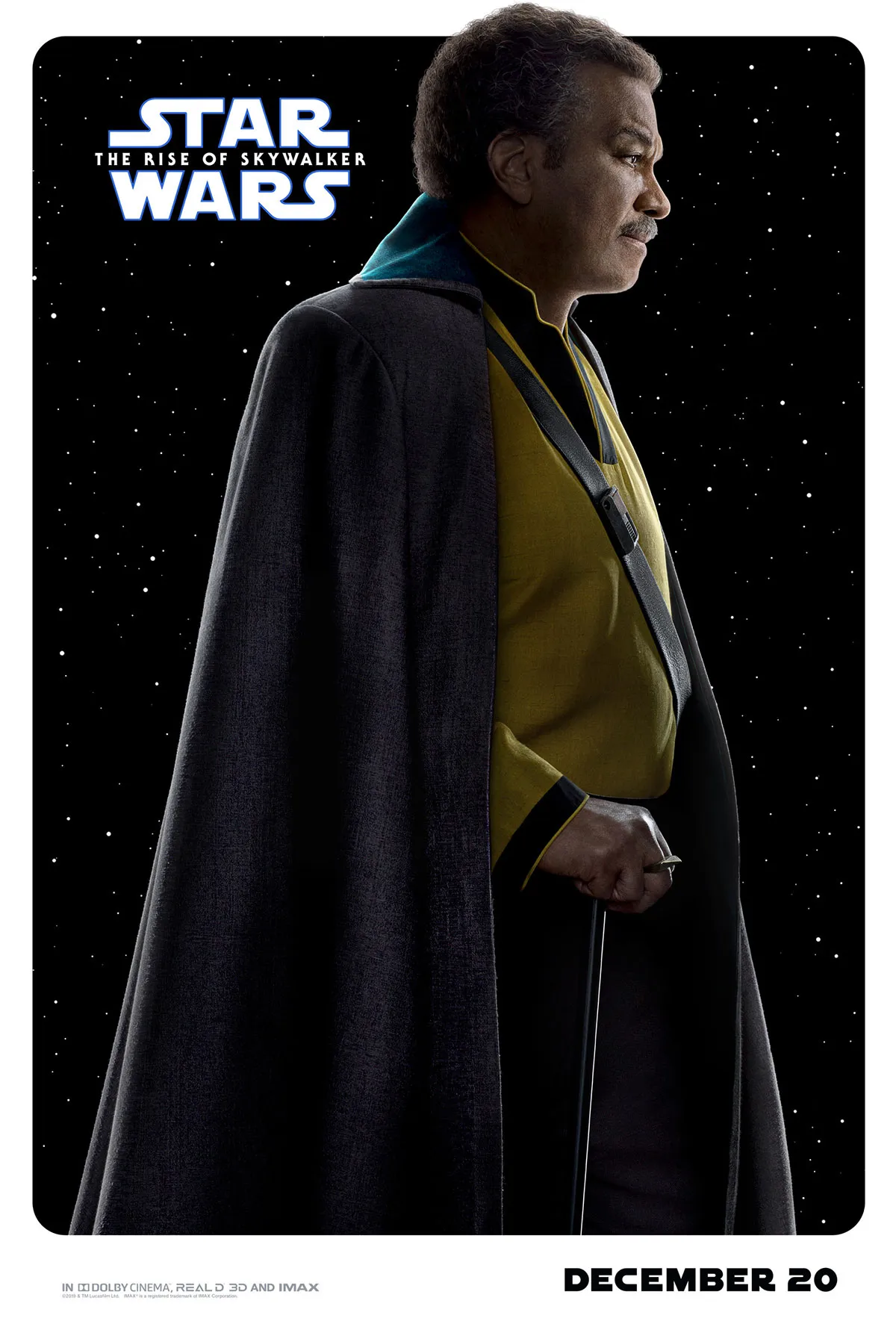
-
Star Wars: The Rise of Skywalker

-
Star Wars: The Rise of Skywalker

-
Star Wars: The Rise of Skywalker

-
Star Wars: The Rise of Skywalker

-
Star Wars: The Rise of Skywalker

-
Star Wars: The Rise of Skywalker

-
Star Wars: The Rise of Skywalker

-
Star Wars: The Rise of Skywalker

-
Star Wars: The Rise of Skywalker

-
Star Wars: The Rise of Skywalker
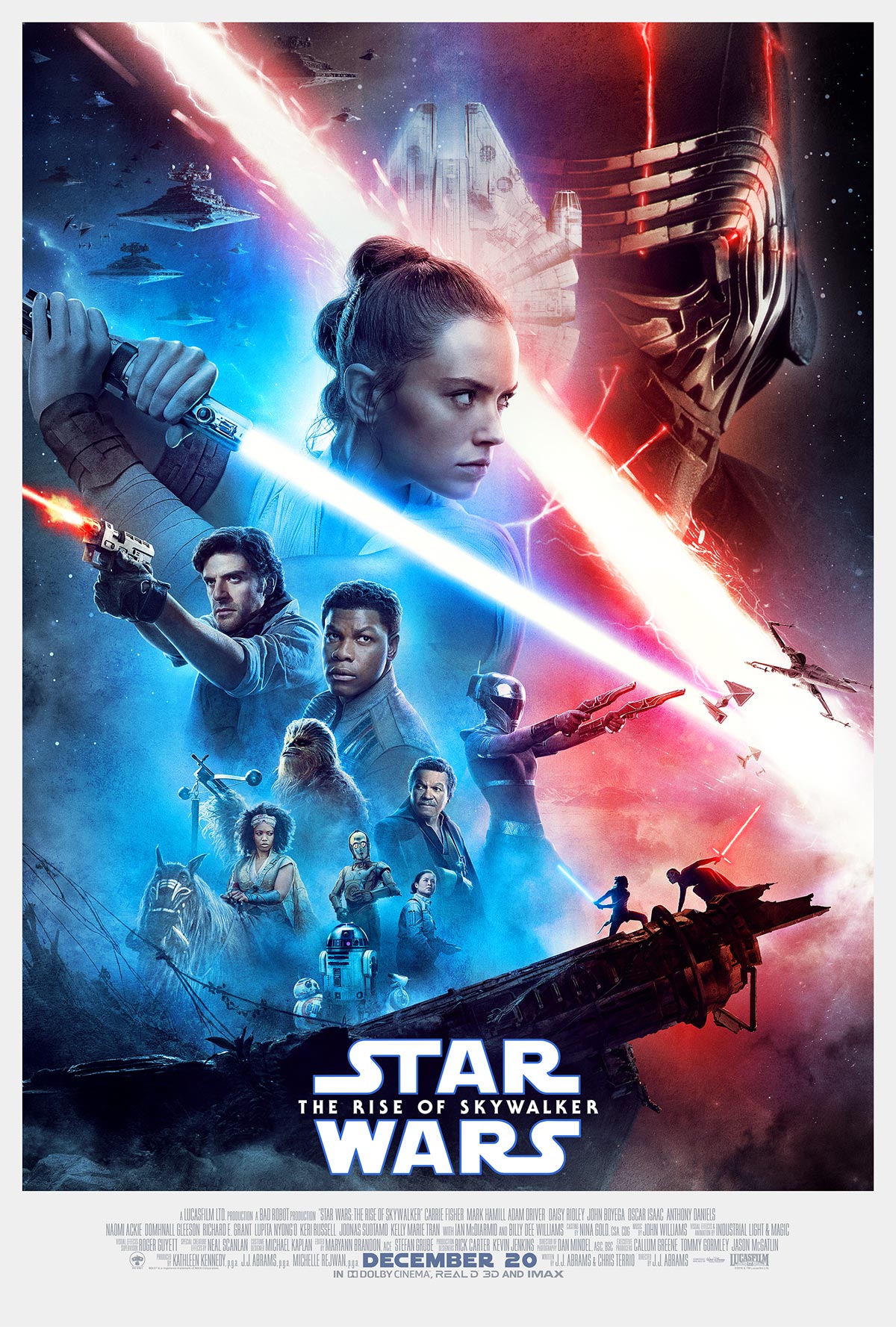
-
Star Wars: The Rise of Skywalker
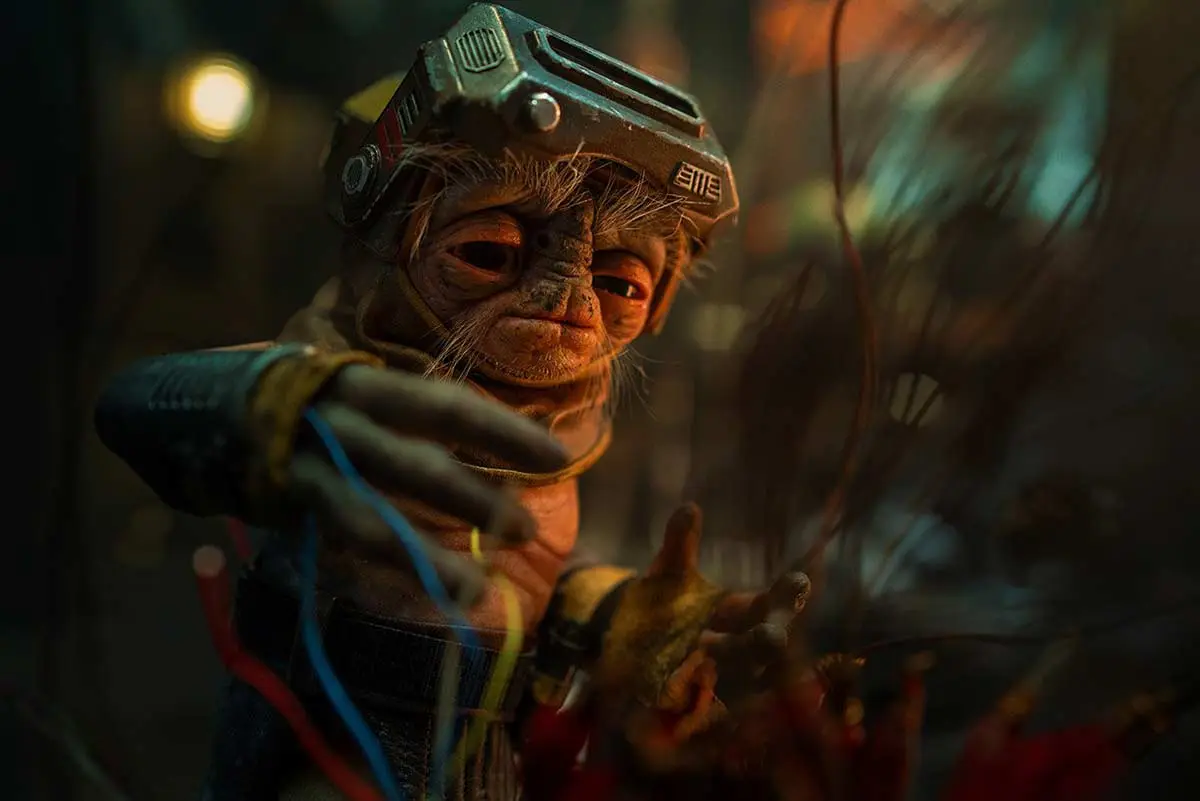
-
Star Wars: The Rise of Skywalker

-
Star Wars: The Rise of Skywalker – Allegiance

-
Star Wars: The Rise of Skywalker

null
-
Star Wars: The Rise of Skywalker

Rey (Daisy Ridley) in STAR WARS: EPISODE IX
-
Star Wars: The Rise of Skywalker

Memory of Victory’s Past in STAR WARS: EPISODE IX.
-
Star Wars: The Rise of Skywalker

Finn (John Boyega) and Poe Dameron (Oscar Isaac) in STAR WARS: EPISODE IX.
-
Star Wars: The Rise of Skywalker

General Leia Organa (Carrie Fisher) and Rey (Daisy Ridley) in STAR WARS: EPISDOE IX
-
Star Wars: The Rise of Skywalker

(Left to right( Chewbacca (Joonas Suotamo), BB-8, D-O, Rey (Daisy Ridley), Poe Dameron (Oscar Isaac) and Finn (John Boyega) in STAR WARS: EPISODE IX
-
Star Wars: The Rise of Skywalker

Kylo Ren (Adam Driver) in STAR WARS: EPISODE IX
-
Star Wars: The Rise of Skywalker

Rey (Daisy Ridley) n STAR WARS: EPISODE IX
-
Star Wars: The Rise of Skywalker

BB-8 and D-O in STAR WARS: EPISODE IX
-
Star Wars: The Rise of Skywalker

The Millenium Falcon in STAR WARS: EPISODE IX.
-
Star Wars: The Rise of Skywalker

Lando Calrissian (Billy Dee Williams) in STAR WARS: EPISODE IX.
-
Star Wars: The Rise of Skywalker

Kylo Ren’s restored helmet in STAR WARS: EPISODE IX.
-
Star Wars: The Rise of Skywalker

Rey (Daisy Ridley) in STAR WARS: EPISODE IX.
-
Star Wars: The Rise of Skywalker

C3PO (Anthony Daniels), Finn (John Boyega) and Poe Dameron (Oscar Isaac) in STAR WARS: EPISODE IX.
-
Star Wars: The Rise of Skywalker

Finn (John Boyega), Poe Dameron (Oscar Isaac) and Rey (Daisy Ridley) in STAR WARS: EPISODE IX.
-
Star Wars: The Rise of Skywalker
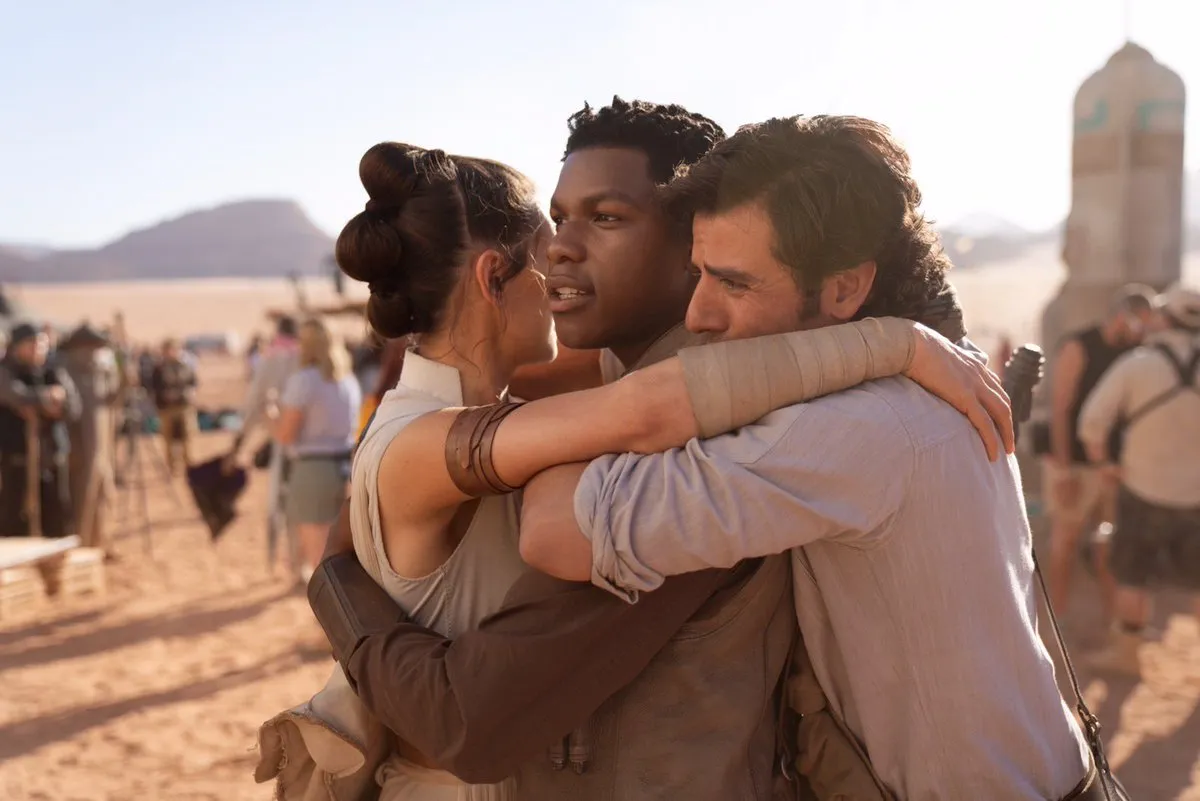
-
Star Wars: The Rise of Skywalker

